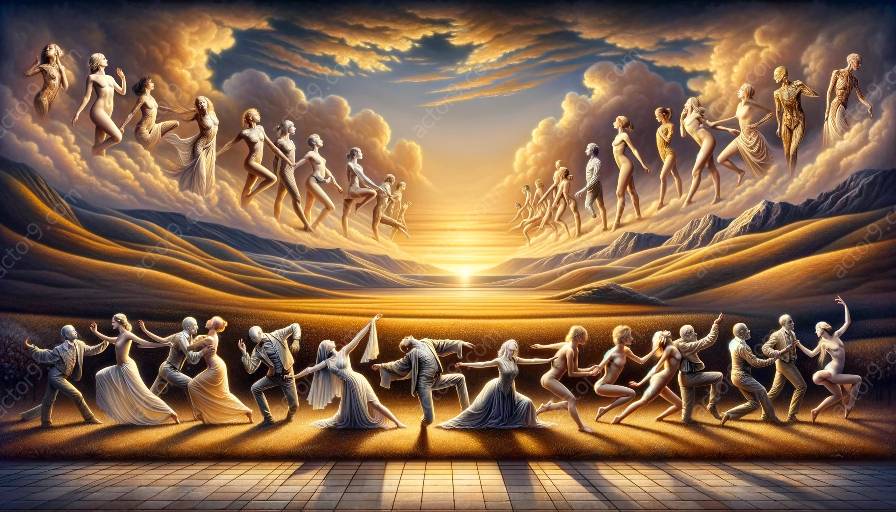Body language plays a crucial role in establishing the setting and atmosphere on stage, influencing the audience's perception of time and place. This topic cluster explores the interconnectedness of body language, body language analysis, and physical theatre, shedding light on their significance in theatrical performances.
The Power of Non-Verbal Communication
On stage, the art of non-verbal communication speaks volumes. Through subtle gestures, facial expressions, and postures, actors convey a sense of time and place, drawing the audience into the world of the performance. Body language serves as a mirror reflecting the emotions, intentions, and context of the characters and their environment.
Body Language Analysis in Performance
Body language analysis delves deeper into the intricate movements and expressions exhibited by performers. By dissecting the nuances of physical communication, analysts can decipher the underlying messages and emotions conveyed through body language. This analytical approach provides valuable insights into the creation of a specific temporal and spatial setting, enriching the storytelling process.
Intertwining with Physical Theatre
In the realm of physical theatre, body language takes center stage as a primary means of expression. Through the utilization of the body as the main storytelling tool, physical theatre blurs the boundaries between time and place, allowing performers to transport the audience to various settings and time periods. The integration of body language analysis enhances the depth and authenticity of these performances, ensuring that the audience is fully immersed in the presented world.
Embodying Time and Place
Actors embody the essence of time and place through their physicality and expressiveness. Whether it's a historical period piece or a contemporary setting, the mannerisms, movements, and gestures of the performers encapsulate the temporal and spatial context, effectively transporting the audience to an immersive theatrical experience. Through the manipulation of body language, performers wield the power to shape the audience's perception of time and place within the narrative.
Enhancing Emotional Resonance
Body language serves as a catalyst for emotional resonance on stage. The subtleties of non-verbal cues, when coupled with the unfolding narrative, instill a profound sense of connection between the audience and the depicted time and place. As performers breathe life into their characters through physical expression, the authenticity of the temporal and spatial elements becomes palpable, resonating with the audience at a profound emotional level.




































